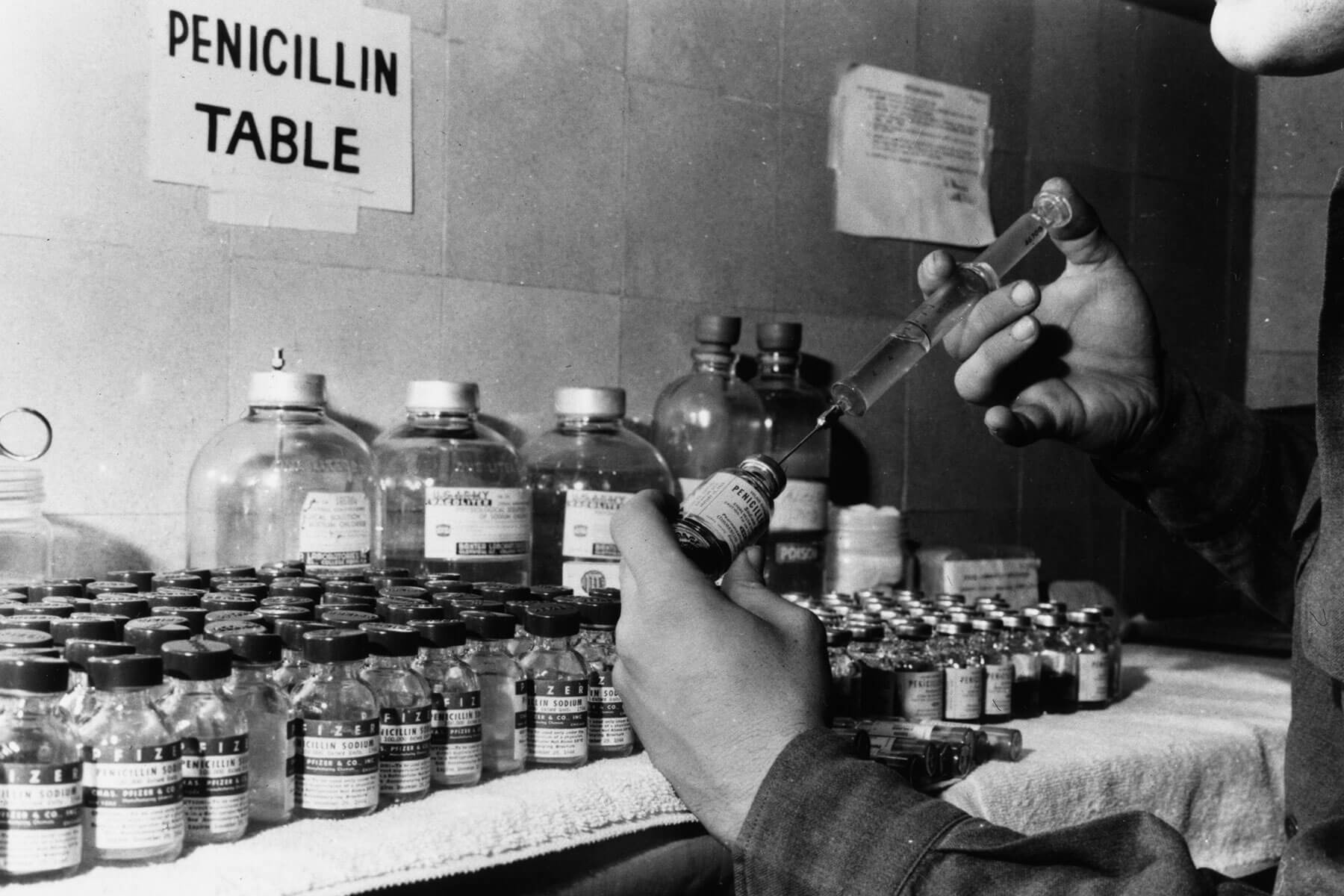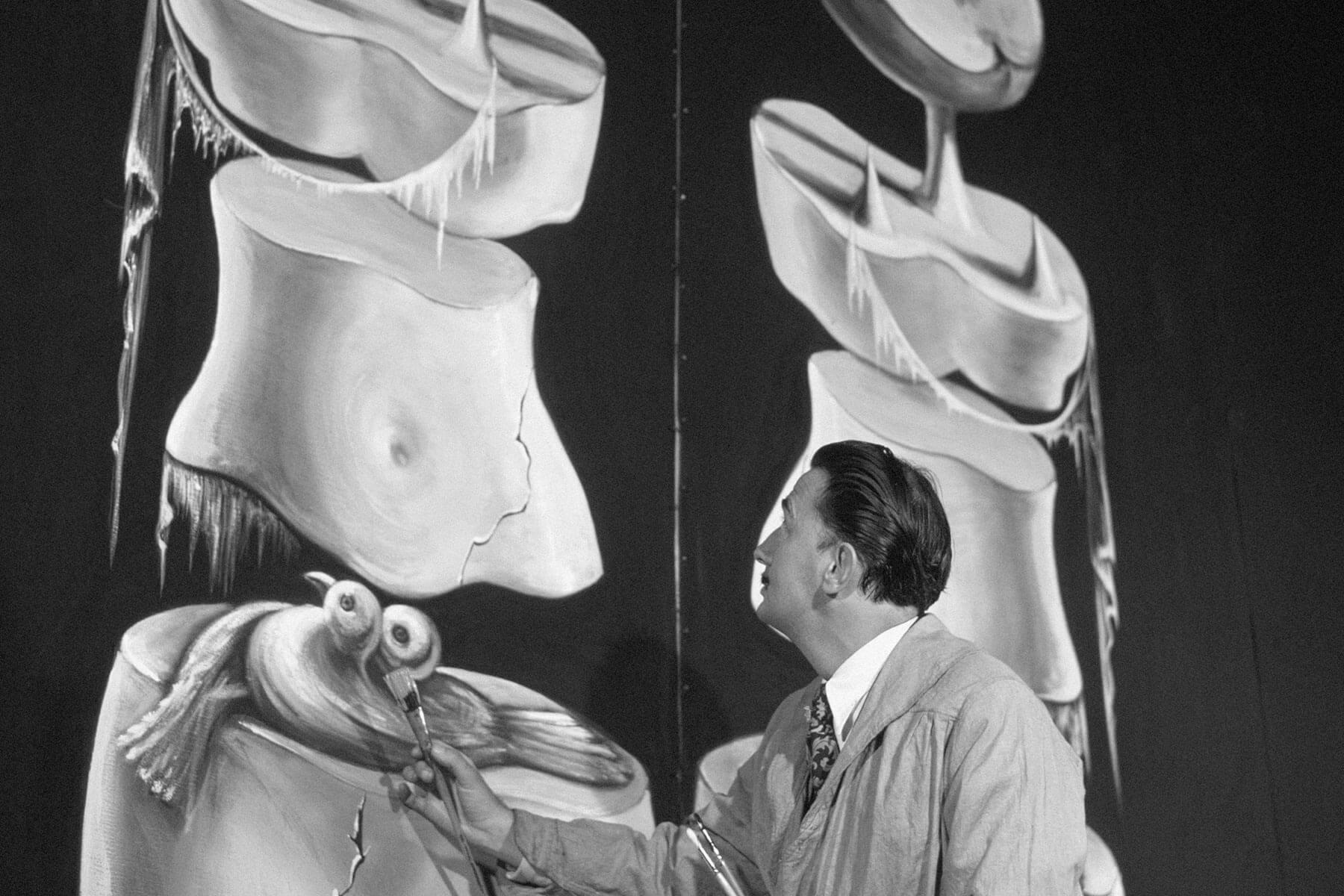The strange fate of Einstein's brain
Saturday, March 9, 2024
Albert Einstein was one of the most famous and influential physicists of the 20th century, and although he was widely revered in his life, he had complicated feelings about being the subject of such adulation. |
| |
| |
|
 |
|
| A lbert Einstein was one of the most famous and influential physicists of the 20th century, and although he was widely revered in his life, he had complicated feelings about being the subject of such adulation. When Einstein died from a ruptured abdominal aneurysm at age 76 in 1955, he had already made it clear that he wished to be cremated so "people don't come to worship at my bones." Per his wishes, Einstein's ashes were scattered by his family at a private spot along the Delaware River. But it wasn't the entirety of the physicist's body: Before cremation, his brain was removed and taken to be studied. |
|
|
| On the same day Einstein died, Thomas Harvey, a pathologist at New Jersey's Princeton Hospital, conducted an autopsy, during which Harvey removed the scientist's brain. Removing organs was common autopsy practice, as they were often kept by medical institutions for research. But Harvey decided to keep this one for himself. He claimed he wished only to conduct medical research on the genius's brain, and promised Einstein's family he would not use the organ for his own cultural cache. Over the next four decades, Harvey occasionally sent sections of the brain to other scientists to study, but most of it was stored in pieces in jars of formaldehyde at his home. While studies done on Einstein's brain over the years did reveal differences from the average person's, it ultimately remains unclear where his extraordinary intellect really came from. Today, samples of Einstein's brain are kept at the National Museum of Health and Medicine in Washington, D.C., and the Mütter Museum in Philadelphia. |
|
 |  |
|
| Thank you for supporting our advertisers! |
|
| |
|
 |
|
By the Numbers |
|
| Amount of the human brain that is made up of fat | | | 60% |
| | | Years it took for Einstein to become a professor after earning his teaching diploma | | | 9 |
| | | Years it took for Einstein to become a professor after earning his teaching diploma | | | 9 |
|
|
|
| Pages in the FBI's long-running file on Einstein | | | 91,427 |
| | | Yearly visitors to Ötzi, one of the oldest intact human mummies | | | 300,000 |
| | | Yearly visitors to Ötzi, one of the oldest intact human mummies | | | 300,000 |
|
|
|
 |
|
 | | Did you know? |
|
|
Humans use much more than just 10% of their brains. |
|
| The human brain is the most complex organ in the human body. Given how little we know about the spongy mass, the claim that humans use only 10% of their brains seems not only possible, but likely. But the long-repeated assertion is just a myth — humans actually use all of their brains. It isn't known for sure where the 10% idea started; it has been misattributed to Albert Einstein, but it most likely germinated with American psychologist and author William James, who theorized that people use only a fraction of their mental capabilities. The myth got a big boost in Dale Carnegie's bestselling 1936 self-help book How to Win Friends and Influence People. In the preface, journalist Lowell Thomas misquoted James, claiming the psychologist said that "the average person develops only 10% of his latent mental ability." But according to modern brain imaging technologies, areas of the entire brain are, in fact, active most of the time, even if they're not active all at the same time. |
|
| Thank you for supporting our advertisers! |
|
| |


posted by June Lesley at 4:01 AM










![]()
![]()






0 Comments:
Post a Comment
<< Home